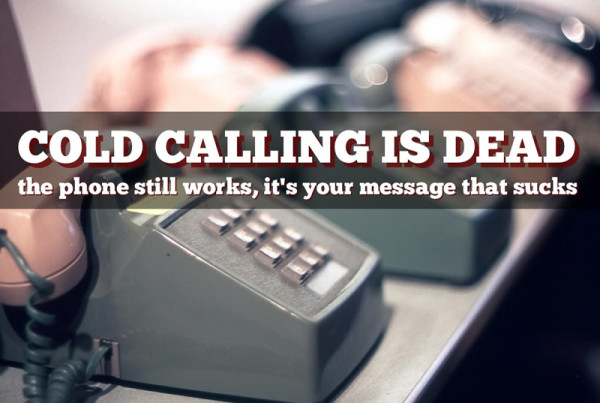 If you’re involved in marketing you undoubtedly utilize social media to try and connect with your audience., The big social networks, Facebook, Twitter, Instagram, YouTube, Google+, LinkedIn etc…, can be veritable goldmines if utilized correctly. But it often appears that “correctly” is a matter of opinion, instead of founded on fact.
If you’re involved in marketing you undoubtedly utilize social media to try and connect with your audience., The big social networks, Facebook, Twitter, Instagram, YouTube, Google+, LinkedIn etc…, can be veritable goldmines if utilized correctly. But it often appears that “correctly” is a matter of opinion, instead of founded on fact.
There is no shortage of gurus, experts, conferences, books and videos that are available to “tell” you how to get it right. But if ANY of them held the answer, would their be any reason to read that next book, watch that next video or go to that next conference?
Well the answer is yes. And that answer is the same reason we share content on social media. We all have an innate desire to belong. To be a part of something. To connect with one another.
In late 2012, the New York Times consumer insights lab, with collaboration from Latitude Research, conducted a significant study. It was called The Psychology of Sharing.
The report had several significant findings. One of those being the five motivations that we all have for sharing.
The report says that the five motivations that compel us to share content on social media are:
- To provide useful, compelling, or entertaining media
- To define ourselves
- To feel like part of something larger
- To stay connected to close ones, and
- To promote causes.
Notice what’s not on the list? Marketers have been seeking the Holy Grail of social media for years and the answer to what people want has been revealed in study after study. Simon Sinek told us about it in one of my favorite TEDTalk videos. Freud wrote about decades ago. Why won’t people accept it?
Check this out. Here’s a Facebook post that makes the now famous Oreo tweet from last year seem like an abject failure:
Get it? Seriously look at this post. It has nearly 1.6 Million likes. Not for the fan page. But for this particular post! It has close to 50,000 comments and over 127,000 shares. It’s the most striking example of a piece of content nailing the five motivations for sharing on social media that I could find.
The problem many of us have is not taking the time to create or curate content that really matters and resonates. Too many marketers are primarily interested in promoting their “brand messaging”. Here’s a hint for you wayward brand managers and advertising agencies out there. If you posted or shared the image above, what message do you think it would have conveyed about your brand/client?
Think about that really hard and then go look at your most recent postings on Twitter, Facebook and Instagram. If you were at home looking at your own content (or client’s content), would YOU share it with your friends and family? Be honest.
This thing we call social media isn’t a riddle. It’s grounded in the tenets of biology and psychology. The recipe for social media success is extremely simple. As marketers, we just need to follow the directions on this. The recipe is stated above. That’s it. Don’t deviate.
Create or share useful, compelling, or entertaining content. Add a dash of self-defining values, sprinkle in a modicum of communal belonging, top with a little emotion, and finish with showing that you care. Repeat as often as needed.
Where the souffle falls flat is people not understanding that the recipe is simple. It’s the execution where the failure occurs.
If you’re creating and publishing content, you’re already ahead of the herd. One of the findings in the New York Times study is simply astounding. [Tweet “90% of the content posted on Twitter is generated by just 2% of its users?”]
It’s not hard to succeed in social media marketing. All you have to do is be willing to follow directions. People are making lots of cash telling people what to do. We all read them year after year. We flock to keynotes and conferences on annual pilgrimages. What would these authors and organizers do if marketers simply followed directions?
Just give your audience what they want, how they want it and in the format that they want it. But to do that, you have to actually know your audience…and the psychological makeup of those you’re trying to reach.
Here’s a slide show of the New York Times study. For those of you less inclined to read a clinical study, there’s a pretty infograph below the slideshow which illustrates the findings of the report. (notice what I just did?)
To advance the slideshow simply hover over an image and the navigator arrows will appear.
[wooslider slide_page=”sharing” slider_type=”slides” limit=”50″ thumbnails=”default”]




Join the discussion One Comment